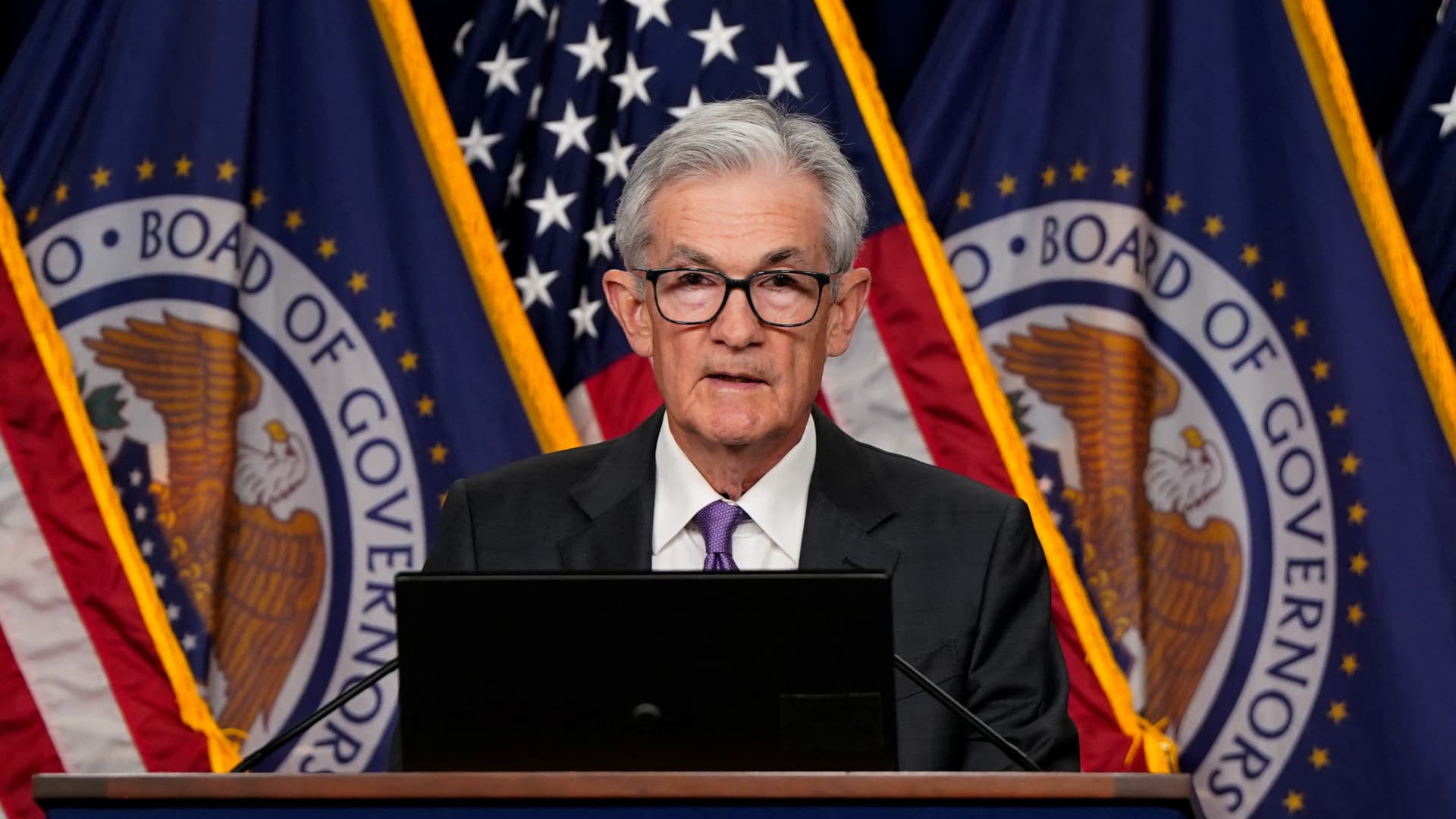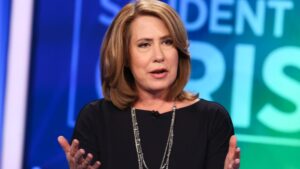
Fed officials expressed concern at their March meeting that inflation is not falling fast enough, although they still expect a rate cut at some point this year.
At a meeting where the Federal Open Market Committee voted again to keep short-term borrowing rates steady, policymakers also expressed concern that inflation had eased but not in a convincing enough way to achieve that goal.The Fed’s current benchmark interest rate target is between 5.25% and 5.5%
As a result, members of the Federal Open Market Committee (FOMC) voted to retain language in their post-meeting statement that they would not cut rates until they were “more confident” that inflation was steadily returning to the central bank’s 2% annual target.
“Participants generally noted their uncertainty about the persistence of high inflation and said recent data did not enhance their confidence that inflation will continue to fall to 2%,” the minutes of the meeting said.
Inflation was apparently discussed at length at the meeting, with officials pointing to geopolitical instability and rising energy prices as risks pushing it higher. They also noted that looser policies could increase price pressures.
On the downside, there’s a more balanced labor market, technological advances, a weakening Chinese economy and a deteriorating commercial real estate market.
They also discussed higher-than-expected inflation data for January and February. Chairman Powell said the two-month readings could be caused by seasonal issues, but added it was difficult to tell at this time. Some members also held different opinions at the meeting.
“Some participants noted that the recent rise in inflation was relatively broad-based and therefore should not be viewed solely as a statistical aberration,” the minutes noted.
This part of the discussion is somewhat relevant considering that the news came on the same day that the Fed received more bad news about inflation.
CPI confirms their fears
The Consumer Price Index, a popular gauge of inflation, although not the one the Fed watches most closely, had a 12-month rate of 3.5% in March. Not only was this higher than market expectations, but it was an increase of 0.3 percentage points from February, leading one to believe that the hot data to start the year may not be an anomaly.
Traders in the federal funds futures market recalibrated their expectations following the CPI release. Markets are currently pricing in the first rate cut coming in September, with only two cuts in total this year. Prior to the release, the first rate cut was likely in June, with a total of three rate cuts, consistent with the “dot plot” forecast released after the March meeting.
The meeting minutes stated that discussions at the meeting showed that “almost all participants believed that if the economy develops generally in accordance with their expectations, it would be appropriate to shift policy to an accommodative stance at some point this year.” “In support of this view, they note that the deflationary process is continuing along a path that is widely expected to be somewhat uneven.”
In other action at the meeting, officials discussed the possibility of ending the balance sheet reduction. The Fed is allowing up to $95 billion in proceeds from maturing bonds to be rolled over rather than reinvested each month, cutting its holdings of Treasury and mortgage-backed securities by about $1.5 trillion.
Although the minutes said the rate cut would be “roughly half” from the current pace and that the process should begin, no decision was made and there was no indication of how so-called “quantitative tightening” would be eased. soon. ” Most market economists expect this process to begin within the next month or two.
The minutes of the meeting stated that members believed a “cautious” approach should be adopted.


